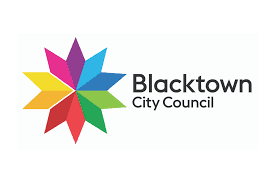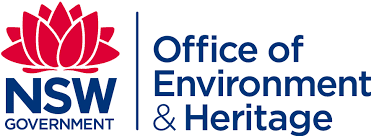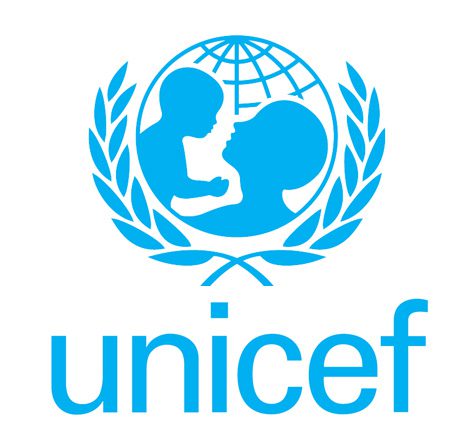Molino Stewart is well known for its work in natural hazard risk management consulting, including floods and bushfires as well as many other man-made hazards. We publish This Week in Disaster Resiliance, a news weekly news feed that sums up all of the natural disaster events happening globally. Example projects of our natural hazard risk management consulting include:
Blacktown Heat Refuge Network and Strategy

In Australia, heatwaves are more deadly than any other natural hazard and predicted to increase in frequency and intensity as a result of climate change. Heatwaves are directly connected to human health through heat-related illnesses such as heat exhaustion and heat stroke. Vulnerable people, particularly those without effective cooling in their homes, are at high risk of illness or death during heatwaves. Heat refuges—typically air-conditioned or cooled buildings that have been designated as a site to provide respite and safety during extreme heat—are commonly used in the Northern Hemisphere for vulnerable people during heatwaves but are less prevalent in Australia. In Australia, heat refuges tend to be managed by local councils as part of local planned climate adaptation measures.
Blacktown City Council identified the need to develop a plan to provide heat refuges for vulnerable residents. The heat refuge strategy was developed by Molino Stewart and Council in liaison with NSW Health, local community organisations and other stakeholders. It aims to provide a coordinated approach to supporting vulnerable residents
during heatwaves.
The heat refuge strategy is based on key components of disaster risk reduction including risk assessment, early warning systems, emergency management planning and community participation. It provides a system of workable, shared arrangements that can be adapted for use in other local government areas to assist vulnerable residents access shelter from extreme heat and heatwaves.
Community Emergency Risk Assessment Tool (VICSES)

Molino Stewart prepared practitioner’s guides and facilitator’s guides for local councils in Victoria to assess risk in the use of the CERA tool in their Municipal Emergency Management Plans covering all hazards.
Climate Resilient Sydney Strategy (NSW Office of Environment and Heritage)

Molino Stewart was engaged to investigate research gaps and issues for the development of a Resilient Sydney Strategy, as part of climate change adaptation. We facilitated stakeholder engagement processes with representatives from emergency agencies, then analysed the results and provided a detailed report based on our consultations and presented pertinent findings to a forum of experts working on the project.
Child Centered Earthquake, Cyclone & Drought Risk Assessment

To better target its spending on disaster risk reduction, UNICEF engaged Molino Stewart to prepare risk maps for nine Pacific Island nations which identified areas of high risk for children exposed to earthquake, cyclone and drought. This project covered Tonga, Tuvalu, Samoa, Nauru, Federated State of Micronesia, Marshall Islands, Palau, Fiji, Vanuatu, Solomon Islands and Kiribati. Tropical Cyclone Winston approached Fiji as Molino Stewart was completing the first phase of this work and we were able to provide real time forecasts of potential cyclone impacts before the cyclone made land fall which allowed respondents to be better prepared for understanding the locations which would most likely be worst affected and/or need the most assistance.
Child Centered Natural Hazard Risk Assessment for Papua New Guinea

UNICEF provides long term humanitarian and developmental assistance to children and mothers in developing countries. UNICEF has developed a quantitative spatial risk assessment process methodology to assess child risk to natural hazards. The methodology involves developing indices for hazard (consequence multiplied by recurrence interval), exposure (the number of children) and vulnerability (socio economic factors) and combining these to identify risk hotspots. To better target its spending on disaster risk reduction, UNICEF engaged Molino Stewart to prepare risk maps for children exposed to natural disasters in Papua New Guinea. This project was an expansion of child-centered risk assessments previously completed by Molino Stewart for Pacific Islands.
Emergency Services Management Review

Wyong Shire Council supports emergency services management (ESM). Council’s engaged Molino Stewart to conduct a review of councils statutory, legal and policy obligations with respect to direct provision of emergency-related services and support to other agencies to ensure Council complies, conduct a gap analysis of both operational and strategic obligations including recommendations to close any identified gaps, and identify any areas of ‘over servicing’. Molino Stewart identified legislative and policy requirements for Wyong Shire Council to provide emergency management services across all natural and non-natural hazards. We facilitated workshops with Council staff and emergency services and prepared a report for Council with findings and recommendations, including priority actions for Council to implement.
Warning System Technology Review for Flooding & Tsunami

Molino Stewart investigated and compared old, new and emerging technologies for disseminating flood alerts and warnings. This process was also undertaken for available and emerging technologies for the dissemination of tsunami warning information along the NSW coast. From the research conducted on the flood alerts and warnings, Molino Stewart developed a methodology for selecting a combination of warning methods and technologies to ensure maximum coverage and minimum failure risk

